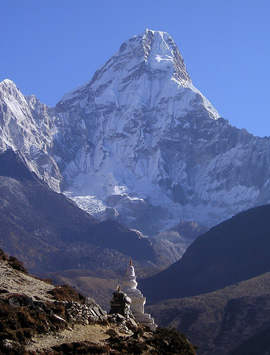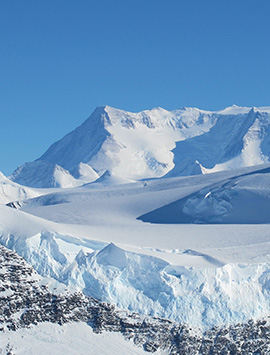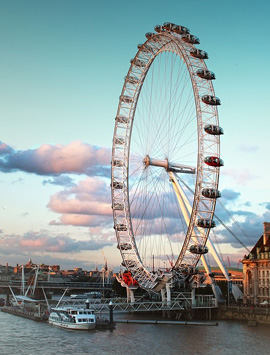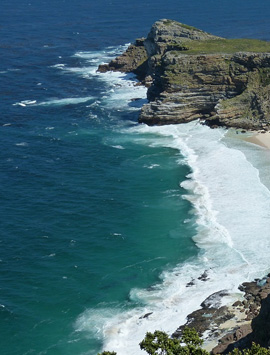
The thrill of witnessing magnificent creatures in their natural habitat is unparalleled. To capture these unforgettable moments, a good camera and a few essential photography tips can make all the difference. Here are the top 10 wildlife photography tips to help you take stunning shots on your next safari:
1. Understand Your Equipment
- Know Your Camera – familiarize yourself with your camera’s settings and functions. Practice beforehand to ensure you can quickly adjust to different lighting conditions and capture decisive moments.
- Choose the Right Lens – a telephoto lens is essential for wildlife photography. A versatile option like a 70-200mm lens is a good starting point, but for closer shots, a longer focal length lens (300mm or more) is ideal.
2. Research Your Destination
- Study the Wildlife – learn about the specific animals you’ll encounter at your destination. Understand their behavior, habits, and preferred habitats. This knowledge will help you anticipate their movements and capture the best moments.
- Plan Your Itinerary – research the best time to visit and the optimal locations for wildlife viewing. Consider factors like migration patterns, breeding seasons, and weather conditions.
3. Patience is Key
- Wait for the Perfect Moment – wildlife photography often requires patience. Don’t rush to take a quick shot. Instead, wait for the right moment when the animal is in a striking pose or engaging in interesting behavior.
- Be Prepared for Long Waits – bring comfortable clothing, snacks, and water to stay comfortable during extended waiting periods.
4. Master the Art of Composition
- Rule of Thirds – divide your frame into nine equal sections using two horizontal and two vertical lines. Place your subject along these lines or at their intersections for a more visually appealing composition.
- Leading Lines – use natural elements like rivers, roads, or tree branches to guide the viewer’s eye towards your subject.
- Background Matters – pay attention to the background of your image. A clean, uncluttered background can help your subject stand out.
5. Capture the Behavior
- Storytelling Through Images – don’t just capture a snapshot; tell a story with your photographs. Show the animal’s personality, emotions, and interactions with its environment.
- Anticipate Actions – observe the animal’s body language and anticipate its next move. Be ready to capture decisive moments like a leap, a chase, or a playful interaction.
6. Adapt to the Lighting Conditions
- Golden Hour – the early morning and late afternoon offer the best lighting conditions for wildlife photography. The soft, warm light creates beautiful, dramatic images.
- Harsh Sunlight – if you’re shooting during midday, use a diffuser or shade to soften the harsh sunlight and reduce harsh shadows.
- Low Light – use a tripod and a higher ISO setting to capture sharp images in low-light conditions.
7. Respect Wildlife and Nature
- Follow Guidelines – adhere to park rules and regulations to ensure the safety of both wildlife and humans.
- Maintain a Safe Distance – keep a safe distance from animals, especially predators. Use a telephoto lens to capture close-up shots without disturbing the wildlife.
- Minimize Your Impact – avoid littering, making noise, or using flash photography, as these can stress or scare animals.
8. Learn from Other Photographers
- Study the Masters – analyze the work of renowned wildlife photographers to learn about composition, lighting, and storytelling techniques.
- Join Photography Groups – connect with other photographers, share experiences, and learn from their insights.
- Attend Workshops and Tours: Participate in guided photography tours and workshops to gain hands-on experience and learn from experts.
9. Practice and Experiment
- Continuous Learning – wildlife photography is an ongoing learning process. Keep practicing and experimenting with different techniques to improve your skills.
- Review and Analyze – regularly review your photos to identify areas for improvement. Analyze the composition, lighting, and focus of each image.
- Seek Feedback – share your photos with other photographers and seek constructive criticism.
10. Post-Processing Tips
- Enhance, Don’t Manipulate – use photo editing software to enhance the colors, contrast, and sharpness of your images. However, avoid excessive manipulation that alters the natural beauty of the scene.
- Crop Wisely – cropping can help you focus on the main subject and improve the overall composition of your image.
By following these tips, you’ll be well-prepared to capture stunning wildlife photographs on your next safari. Remember, the key to great wildlife photography is patience, observation, and a deep appreciation for the natural world.


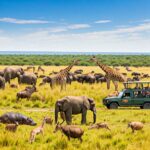 Previous Post
Previous Post